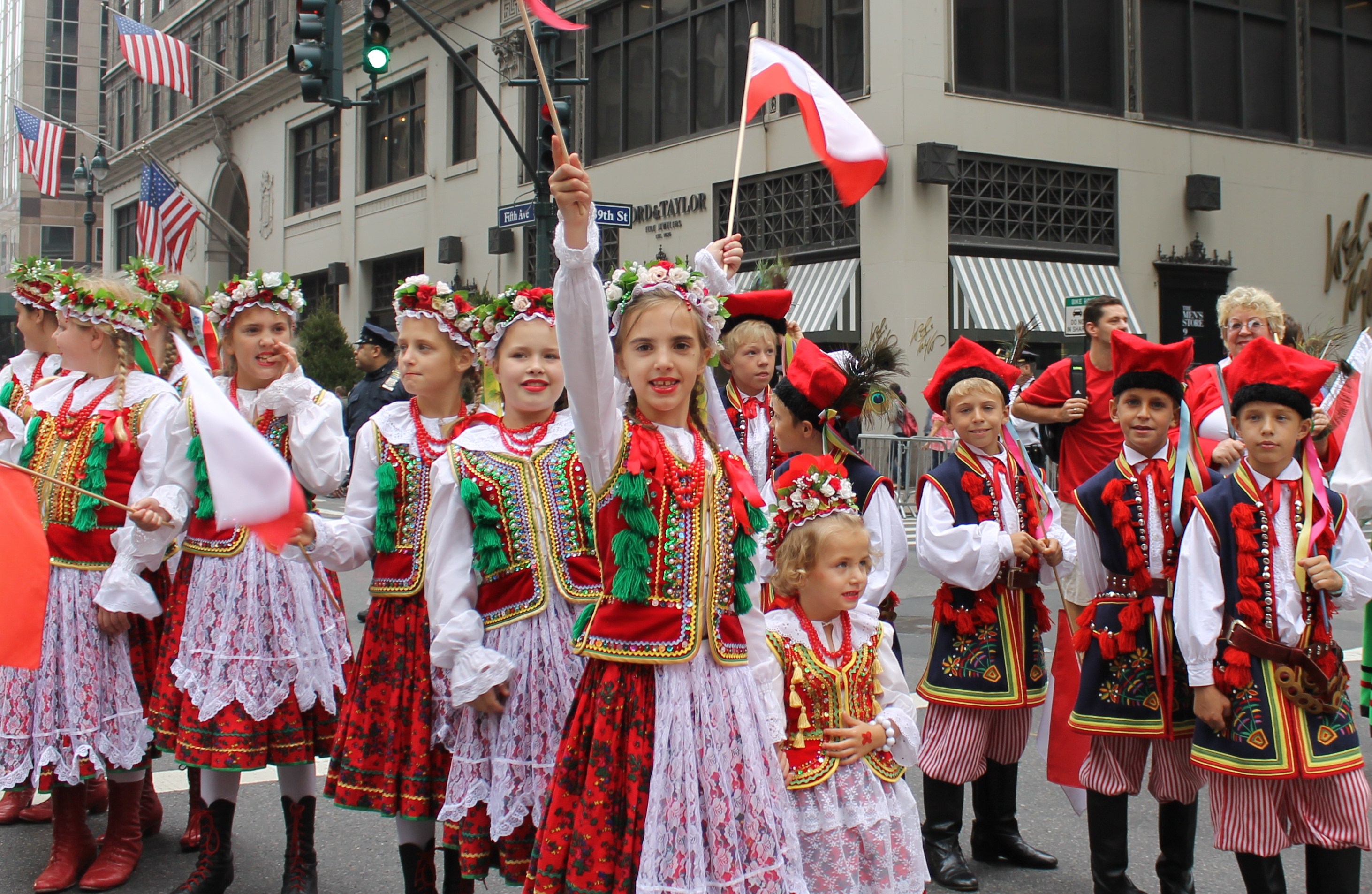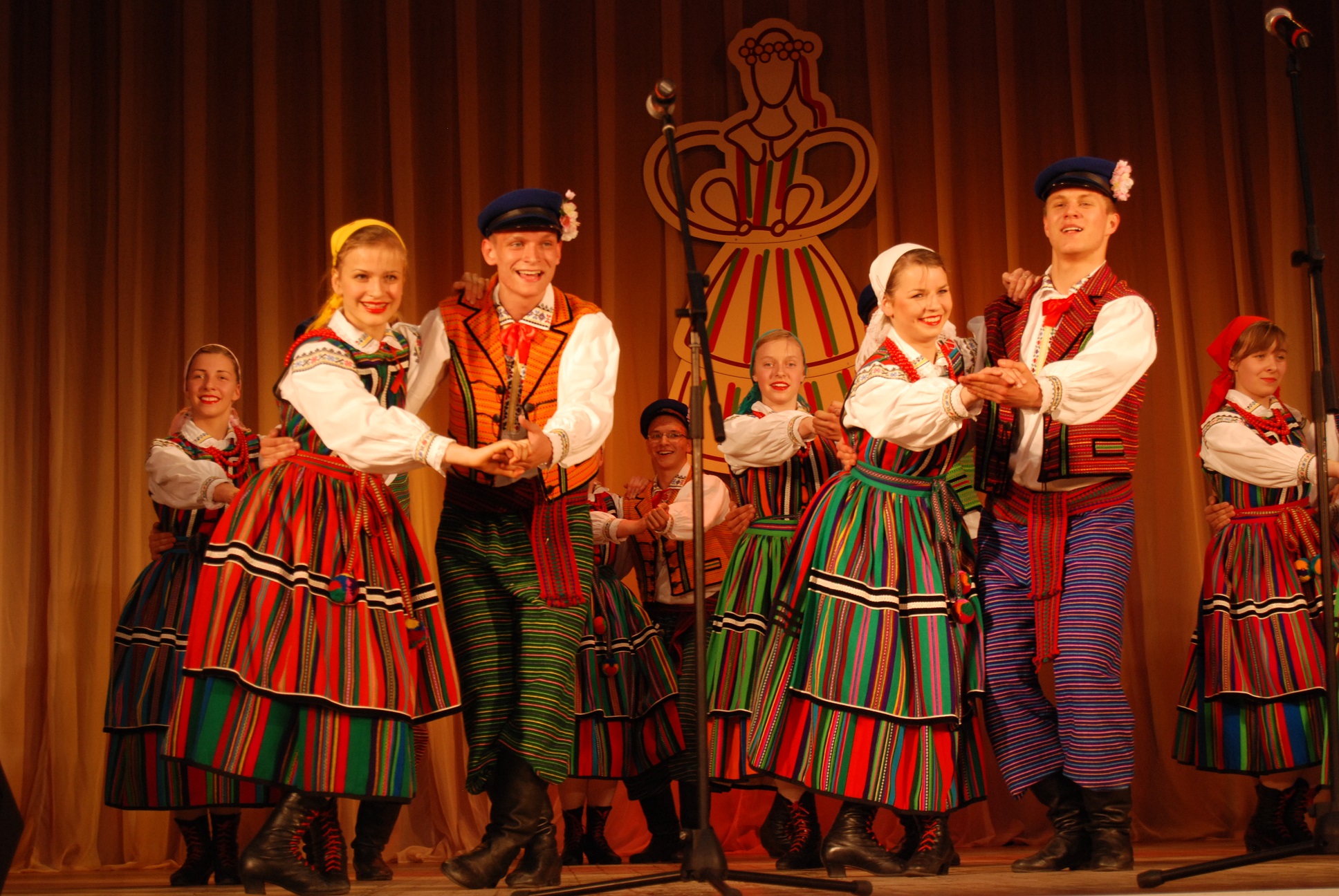Discover Dziedzictwo: Unveil The Legacy Of Polish Culture And Heritage
Editor's Notes: Discover Dziedzictwo: Unveil The Legacy Of Polish Culture And Heritage have published today to share the importance of Polish culture and heritage. It is a valuable resource for anyone who wants to learn more about Poland's rich history, traditions, and art.
Our team has analysed and gathered information to put together this Discover Dziedzictwo: Unveil The Legacy Of Polish Culture And Heritage guide to support people interested in Polish culture and heritage.
Key Differences or Key Takeaways
Transition to main article topics
FAQ
Welcome to the Dziedzictwo FAQ section. Here, we provide answers to frequently asked questions regarding the rich Polish culture and heritage.

polish people | NYC Parade Life - Source nycparadelife.com
Question 1: What is the significance of the Polish Eagle?
The Polish Eagle is the national symbol of Poland. It represents strength, courage, and independence. The eagle has been used as a symbol of Poland since the 13th century.
Question 2: What is the role of music in Polish culture?
Music plays a vital role in Polish culture. It has been used to express the joys and sorrows of the Polish people throughout history. Polish music is known for its beautiful melodies, complex rhythms, and rich harmonies.
Question 3: What are some of the most famous Polish dishes?
Polish cuisine is hearty and flavorful, reflecting the country's rich culinary history. Some of the most famous Polish dishes include pierogi (dumplings), bigos (hunter's stew), and gołąbki (cabbage rolls).
Question 4: What is the importance of the Polish language?
The Polish language is a beautiful and complex language. It is spoken by over 40 million people worldwide. The Polish language is a vital part of Polish culture and identity.
Question 5: What are some of the most popular Polish traditions?
Polish culture is full of rich and vibrant traditions. Some of the most popular Polish traditions include celebrating Christmas Eve with a lavish meal, dancing the polka, and decorating Easter eggs.
Question 6: How can I learn more about Polish culture and heritage?
There are many ways to learn more about Polish culture and heritage. You can read books, articles, and websites. You can also watch Polish movies, listen to Polish music, and try Polish food. The best way to learn about Polish culture is to experience it firsthand. Visit Poland and immerse yourself in the rich traditions and heritage of this beautiful country.
We hope these FAQs have been helpful. If you have any other questions, please feel free to contact us.
Learn more about Polish culture and heritage
Tips
Discover Dziedzictwo: Unveil The Legacy Of Polish Culture And Heritage. Find indispensable strategies for delving into the rich Polish cultural heritage.
Tip 1: Explore Historic Landmarks
Immerse yourself in the architectural wonders of Poland. Visit the Royal Castle in Warsaw, Wawel Castle in Kraków, and Malbork Castle, the largest brick castle in Europe. These landmarks embody centuries of Polish history and architectural prowess.
Tip 2: Delve into Museums and Galleries
Uncover Polish art and history at renowned museums like the National Museum in Warsaw, the Czartoryski Museum in Kraków, and the POLIN Museum of the History of Polish Jews. Admire masterpieces by Polish painters, sculptors, and photographers.
Tip 3: Attend Cultural Events
Experience Poland's vibrant cultural scene by attending traditional folk festivals, classical music concerts, and contemporary art exhibitions. These events offer a glimpse into the diverse and dynamic expressions of Polish culture.
Tip 4: Savor Polish Cuisine
Indulge in the delectable flavors of Polish cuisine. Sample traditional dishes such as pierogi (dumplings), bigos (stew), and żurek (sour rye soup). Polish cuisine reflects the country's rich culinary heritage and showcases its regional diversity.
Tip 5: Engage with Polish Literature
Explore the literary masterpieces of Polish authors like Adam Mickiewicz, Henryk Sienkiewicz, and Wisława Szymborska. Their works provide profound insights into Polish history, culture, and the human condition.
Summary of key takeaways or benefits:
By following these tips, you can gain a comprehensive understanding of Polish culture and heritage. Immerse yourself in its history, art, music, cuisine, and literature to appreciate the richness and diversity of this vibrant European nation.
Discover Dziedzictwo: Unveil The Legacy Of Polish Culture And Heritage.
Discover Dziedzictwo: Unveil The Legacy Of Polish Culture And Heritage
Dziedzictwo, meaning heritage in Polish, encapsulates the multifaceted legacy of Polish culture. It embodies the spirit of a nation, reflecting its history, traditions, and artistic achievements.
- Historical Landmarks: Wawel Castle, the former royal residence, and Malbork Castle, the largest brick fortress in Europe, stand as testaments to Poland's rich past.
- Traditional Arts: Intricate folk embroidery, colorful ceramics, and lively folk music preserve the vibrant artistic expressions of Polish culture.
- Legendary Figures: مشاهير مثل فريديريك شوبان، ماري كوري، ونوبل الحائز على جائزة فيسلافا شيمبورسكا، تجسد إنجازات بولندا الفنية والعلمية والأدبية.
- Literary Treasures: Works by Adam Mickiewicz and Henryk Sienkiewicz have immortalized Polish history and culture, captivating readers worldwide.
- National Cuisine: Traditional dishes such as pierogi, bigos, and żurek embody the hearty and flavorful culinary traditions of Poland.
- UNESCO Heritage: The historic center of Kraków and the Wieliczka Salt Mine are among the many Polish landmarks recognized for their exceptional cultural and historical value.

Polish Legacy. Balkan Heritage. Polish contribution to culture, art and - Source www.kew.org.pl
Dziedzictwo is not merely a static collection of artifacts or traditions. It is a living legacy, constantly shaped by the present and evolving with time. It is a source of pride, inspiration, and resilience for the Polish people, connecting them to their past and guiding their future.
:max_bytes(150000):strip_icc()/GettyImages-73781462-59dd69b668e1a2001099fabb.jpg)
A Guide to Polish Culture and Customs - Source www.tripsavvy.com
Discover Dziedzictwo: Unveil The Legacy Of Polish Culture And Heritage
Dziedzictwo, meaning "heritage" in Polish, is a rich and multifaceted concept that encompasses the totality of Polish culture and history. It is the legacy of the Polish people, passed down from generation to generation, and it is reflected in everything from the country's art and architecture to its music and literature.

Polish Culture Centre in Daugavpils - VISITDAUGAVPILS - Source www.visitdaugavpils.lv
The Polish people have a long and proud history, dating back to the 10th century. Over the centuries, they have faced numerous challenges, but they have always managed to preserve their unique identity. Today, Poland is a thriving country with a vibrant culture that is admired around the world.
Dziedzictwo is an important part of what makes Poland unique. It is a source of national pride and identity, and it is something that the Polish people are passionate about preserving. There are many ways to experience Dziedzictwo, from visiting historical sites to attending cultural events.
Conclusion
Dziedzictwo is a vital part of Polish culture and identity. It is a source of pride and inspiration, and it helps to make Poland a unique and special place. By exploring Dziedzictwo, Poles can gain a deeper understanding of their country and its people.
There are many ways to discover Dziedzictwo, and each person can find their own way to connect with this rich and multifaceted tradition. Whether you visit historical sites, attend cultural events, or simply enjoy Polish food, music, and art, you are sure to find something to appreciate.